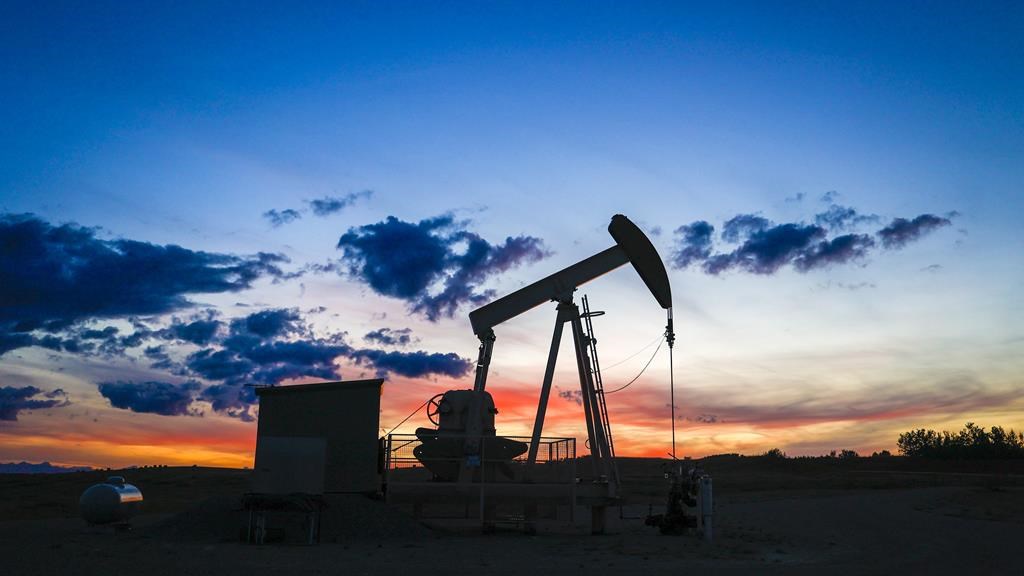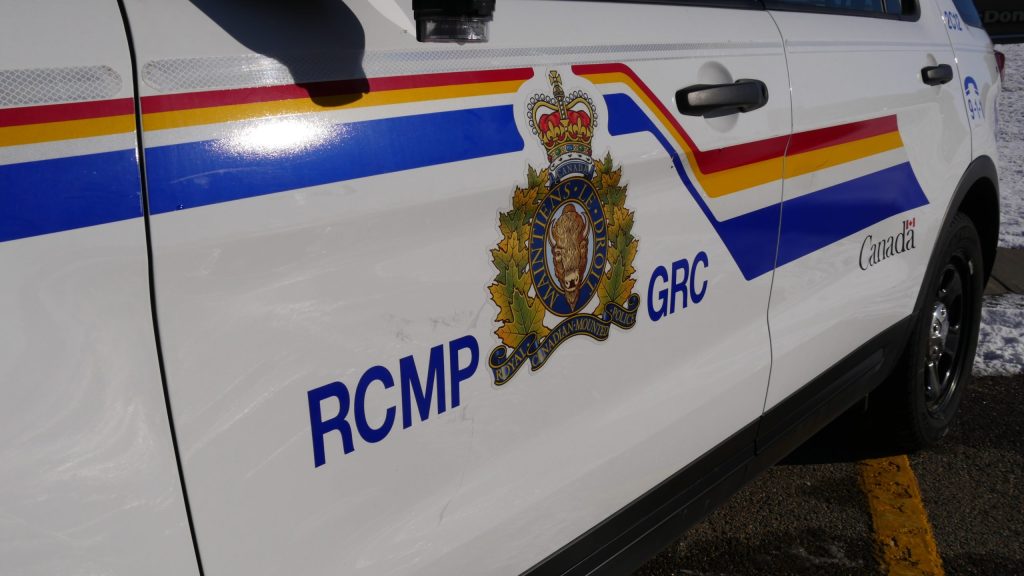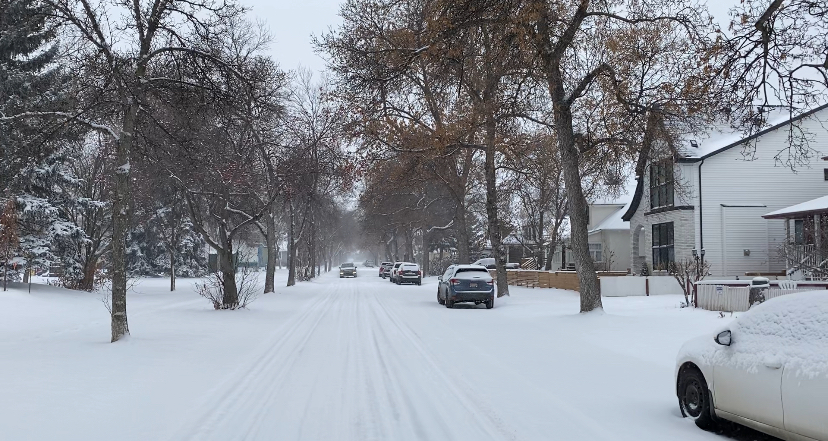Internal documents suggest Alberta Energy Regulator underestimated oil well liability

Posted January 19, 2024 2:00 am.
Internal documents from Alberta’s energy regulator suggest the province’s environmental liability for hundreds of thousands of oil and gas wells could be nearly triple the figure the agency announced earlier this week.
In a report released Wednesday, the Alberta Energy Regulator said the cost of cleaning up the province’s 466,000 wells would be $33.3 billion. That figure is derived partly from estimates of what it would cost to remediate individual wells in different areas of the province, contained in a 2015 document called Directive 11.
But in 2018, the agency produced discussion papers on something called the Closure Liability Assessment Model, designed to create “greater understanding and transparency of liabilities,” one of the papers indicates.
Those documents were obtained under Freedom of Information legislation by University of Calgary researcher Drew Yewchuk and provided to The Canadian Press. They provide a different estimate of the costs faced by industry and, potentially, Alberta taxpayers.
For almost every region of the province, the documents suggest Directive 11’s estimates of what it would cost to clean up a well are too low.
The documents suggest that for the boreal region, Directive 11’s estimates are 65 per cent too low. In the parkland, they’re 173 per cent short. Costs for the foothills region were underestimated by 334 per cent, and the figure for the alpine was 675 per cent shy.
In total, the documents suggest the liability estimates derived from Directive 11 that inform Wednesday’s report were low by 263 per cent.
The documents suggest the total cost of well cleanup to be about $88 billion.
The documents also estimate liabilities not included in Wednesday’s report.
They point out the province has 59,000 abandoned and inactive oil and gas facilities that need remediation. They could add an extra $1.4 billion for pipeline closures — although that figure seemed in doubt.
“True status of ‘operating’ pipelines not known,” the documents say.
As well, the documents say Directive 11’s determinations of where the wells were located were also inaccurate, affecting its estimate.
“Large differences existed in the distribution of sites,” they say. “(It’s) necessary to project costs to the population of sites to account for true distribution of wells within reclamation regions and enable accurate estimation.”
Those documents never saw the light of day.
“The … Leadership Committee decided to delay public implementation … due to implications of recognized higher liabilities from investors and public (too much change too soon),” the documents say.
Regulator spokesman Renato Gandia said in an email the documents relied on “limited data inputs and used many assumptions resulting in a hypothetical scenario.”
Gandia said the regulator is moving toward using data collected from industry on closure spending for specific activities and pieces of infrastructure.
“This approach is now collecting specific information to eventually replace the current methodology in Directive 11. When we have sufficient data reported (actual spend values for different types of closure work), the new methodology will provide a much more accurate figure.”
But Yewchuk said the 2018 estimates are still the most up-to-date figures the regulator has.
“There’s always going to be a possibility of getting better information. You have to act on what you have,” Yewchuk said. “The information they’re still relying on is worse than this stuff.”
Eight energy companies were involved in the 2018 program, which analyzed data from 4,302 reclamation sites — although the documentsnote complete information only existed for 23 per cent of those sites.
In a Wednesday interview with The Canadian Press after the report was released, the regulator’s manager of liability management, David Hardie, said the watchdog couldn’t say if the number was an underestimate or an overestimate.
Yewchuk said the regulator has to level with Albertans about the costs of cleaning up after the industry that has floated their economy for generations.
“This is internal evidence saying costs are going up. And the (regulator) has known they were going up,” Yewchuk said.
This report by The Canadian Press was first published Jan. 19, 2024.
Bob Weber, The Canadian Press








